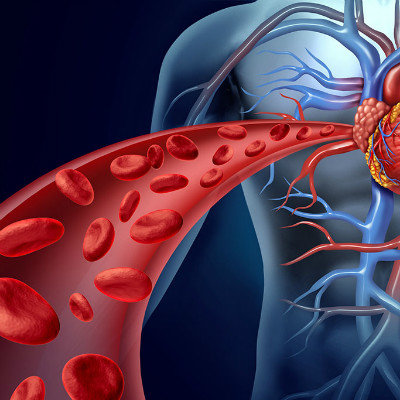Is high heart disease inchoate symptom not apparent?
summary
High altitude heart disease (HHD) is characterized by pulmonary hypertension caused by chronic hypobaric hypoxia, right ventricular hypertrophy or right ventricular dysfunction. It is another type of chronic high altitude disease, can be divided into children and adult high altitude heart disease. This disease is easy to occur in 3500m above the plateau, mostly chronic, individual new to the plateau, especially children can be acute or subacute onset, known as subacute altitude disease abroad. Acute or subacute patients are characterized by right ventricular enlargement and congestive right heart failure caused by significant pulmonary hypertension, while chronic patients are characterized by multiple organ damage caused by right ventricular hypertrophy caused by right ventricular overload.
Is high heart disease inchoate symptom not apparent?
Children have early onset and rapid progress, while adults have slow onset and late symptoms. The early symptoms of children were restlessness, nocturnal crying, loss of appetite, cough, cyanosis of lips and sweating, followed by mental depression, shortness of breath, accelerated heart rate, aggravation of cyanosis, edema, oliguria and digestive tract dysfunction; If there is respiratory tract infection, the body temperature rises, cough increases sharply, and finally develops into right heart failure.

In the early stage, there were only symptoms of chronic high altitude reaction and mild pulmonary hypertension, such as headache, fatigue, sleep disorder and loss of appetite. With the further development of the disease, there are palpitations, chest tightness, dyspnea, jugular vein filling, liver swelling, lower limb edema and other manifestations of right ventricular dysfunction.

The development of children is generally poor, such as shortness of breath, flapping of nasal wings, obvious cyanosis of lips, increased heart rate and enlarged heart boundary; Most of the children could hear the grade Ⅱ - Ⅲ systolic blowing murmur in the precordial area or tricuspid valve area. Pulmonary artery second tone hyperfunction or split. There may be dry and wet rales in the lung, which is related to pulmonary infection. When right heart failure occurred, liver enlargement, lower extremity edema, jugular vein distention and hepatic jugular vein reflux were positive. Severe pulmonary infection is often accompanied by pulmonary edema.

matters needing attention
Before entering the plateau, we should make necessary preparations to prevent and control the factors that may induce high altitude heart disease, especially the upper respiratory tract infection. 3 days before Entering Plateau, spironolactone 20mg, 3 /d or acetazolamide 0.25g, 3 /d can reduce the incidence rate of this disease. In the early stage of Entering Plateau, we should pay attention to rest to prevent overwork. If necessary, we can rest in bed or take oxygen. Active and effective prevention and control of respiratory tract infection is very important.














